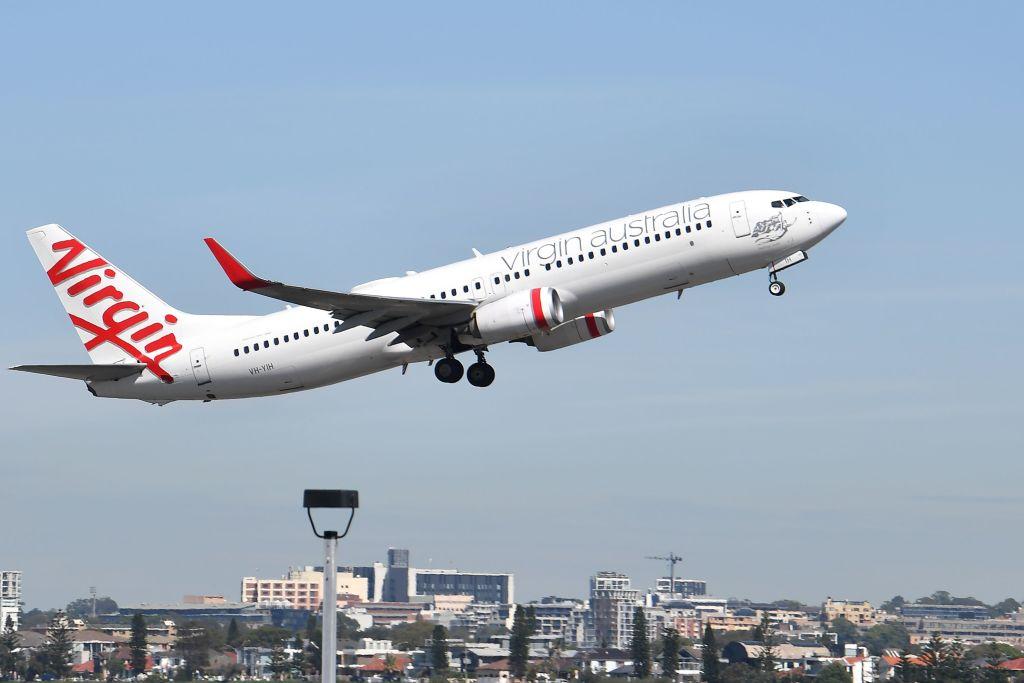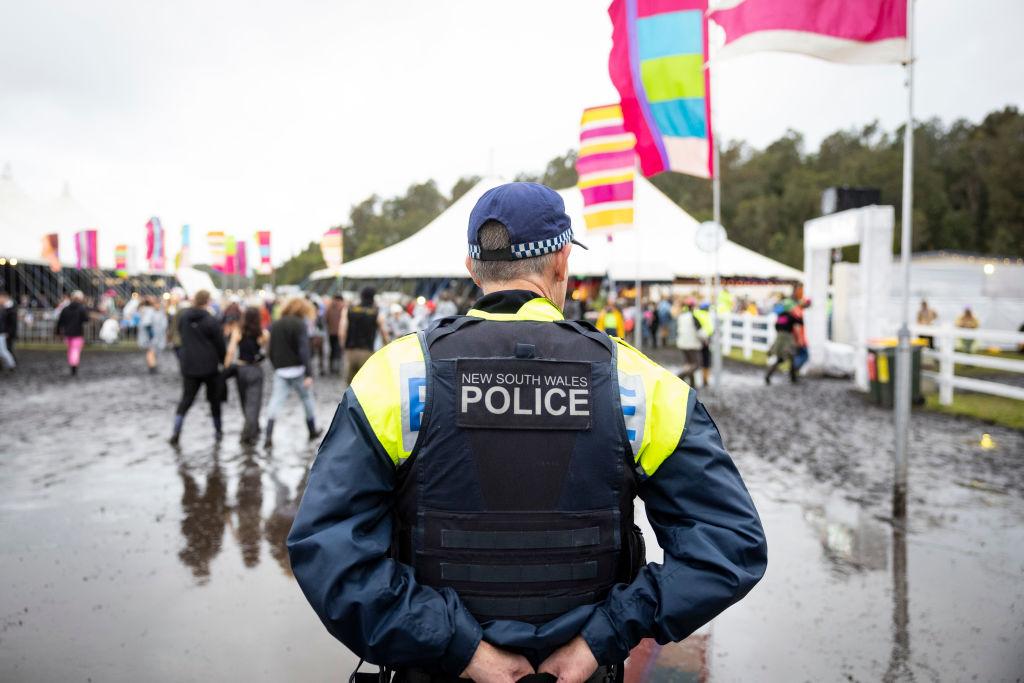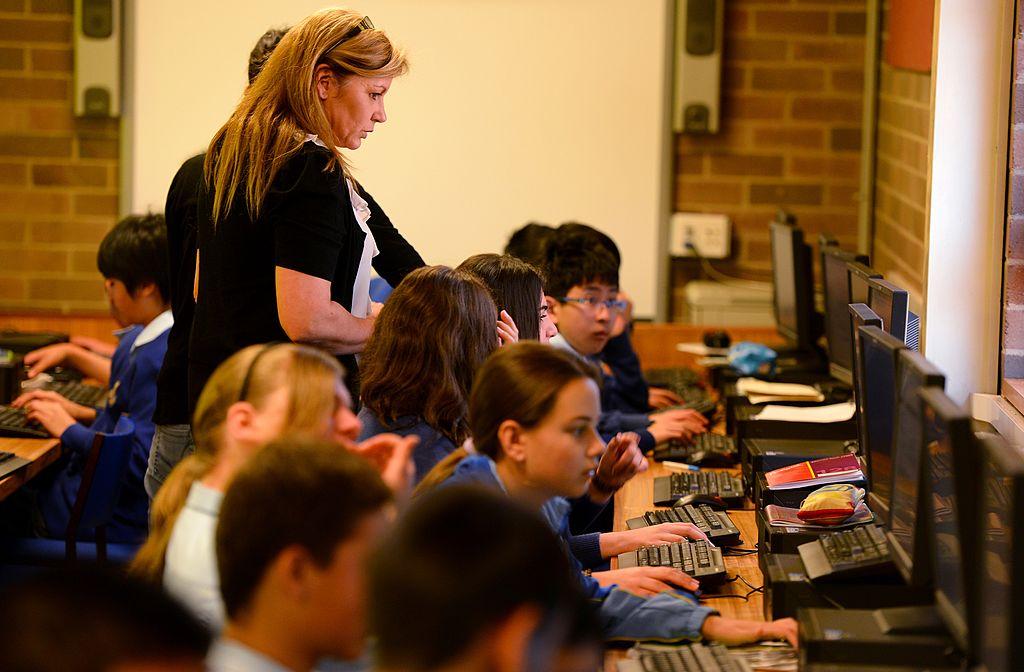Travellers might need to brace for soaring airfare costs as airlines attempt to cut their emissions simultaneously while the demand for travel increases.
This follows the federal government’s updated safeguard mechanism—which came into effect in July—that has set limits on the greenhouse gases from Australian companies to reduce emissions to 43 percent below 2005 levels by 2030 and net zero by 2050.





